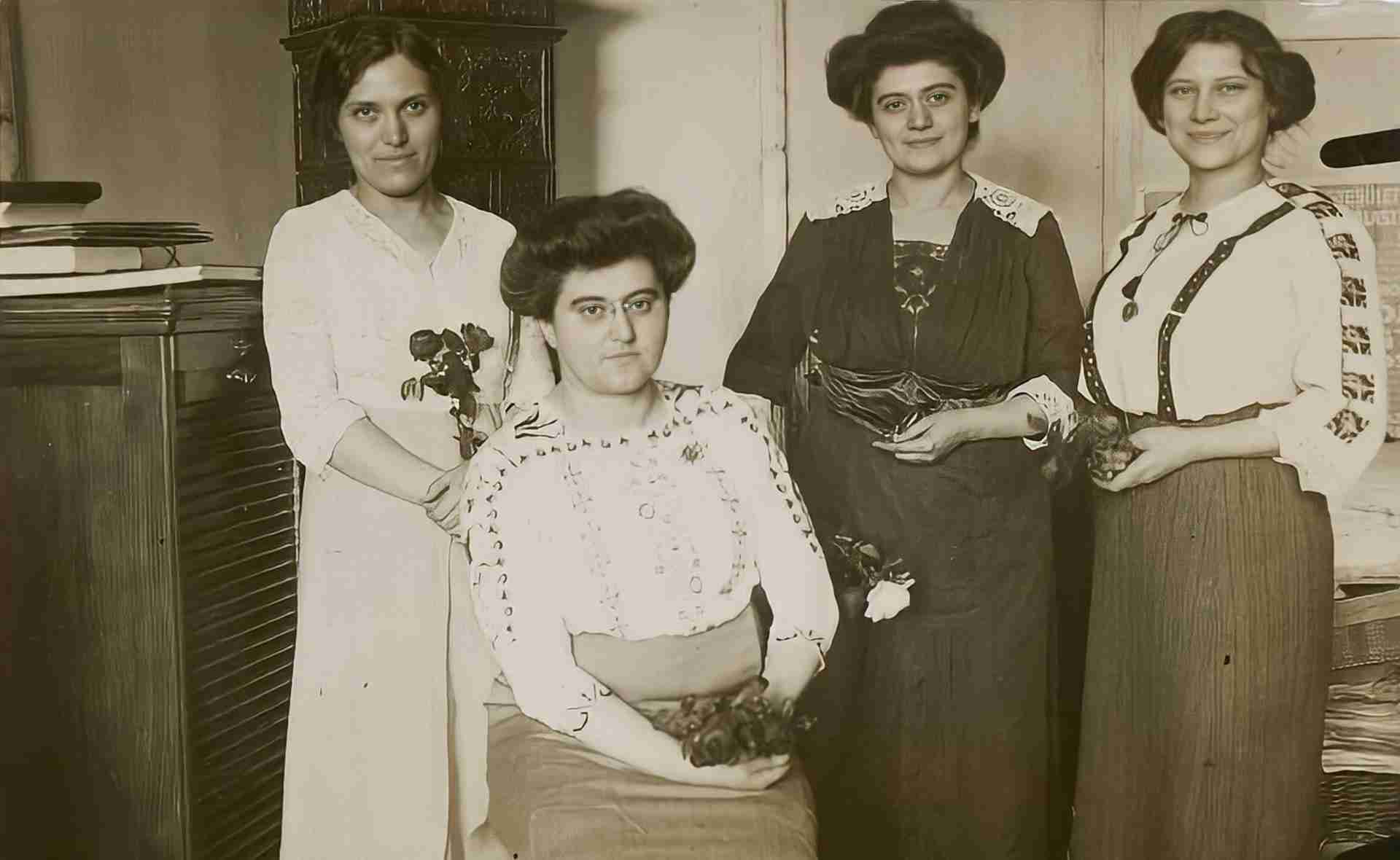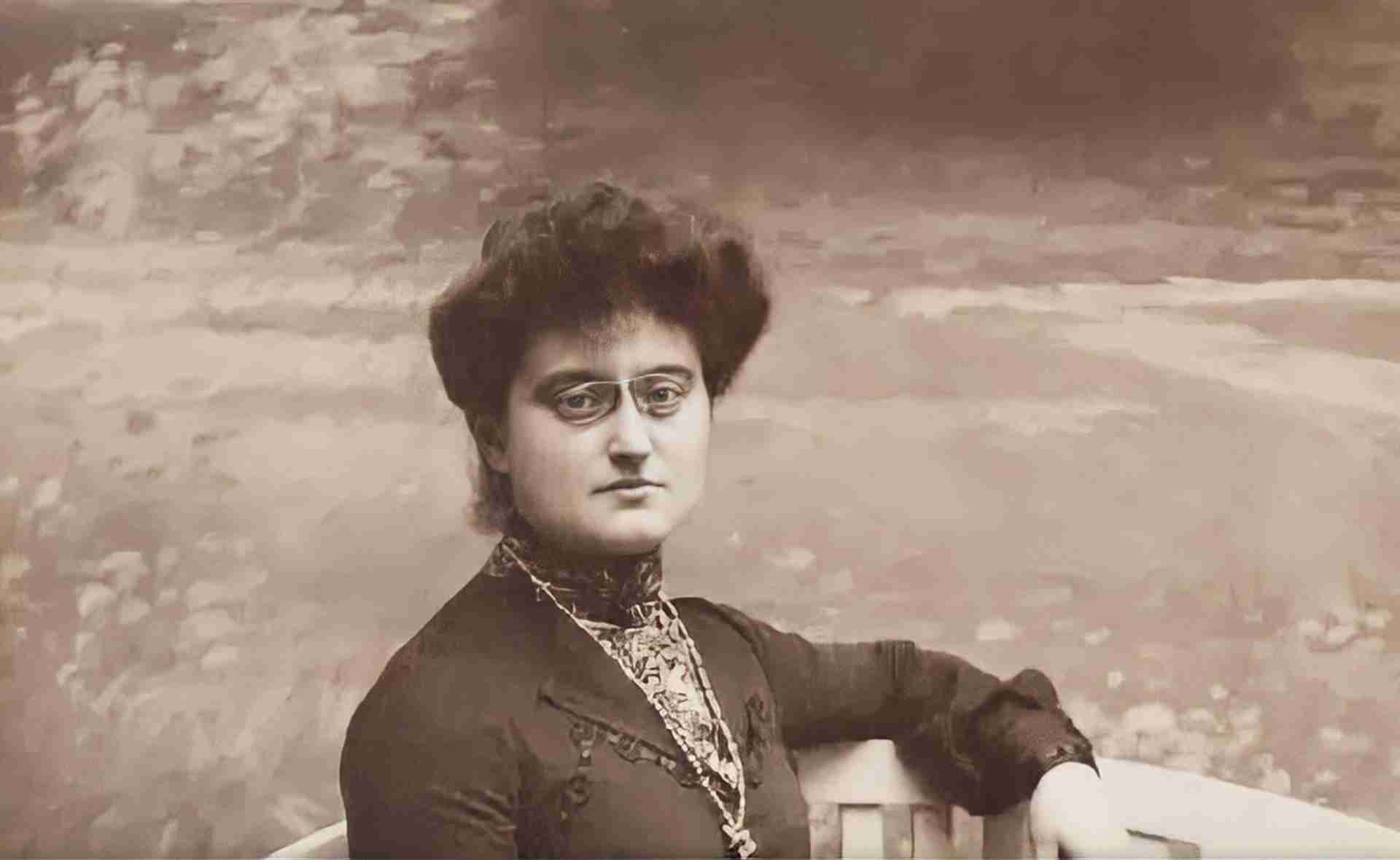Embarking on the final chapter of the Liszt Institute's three-part series honoring the often overlooked contributions of Hungarian women to the United States history in the framework of the Women's History Month, let us explore the remarkable life of Rózsika Schwimmer. Schwimmer was a Hungarian pacifist, feminist, politician and labor activist - she engaged with the international suffrage movement and supported efforts of paramount importance such as securing birth control, abolishing child labor and reforming marriage.
Born in Budapest into a middle-class Jewish family, Following the bankruptcy of her father’s business, her family moved back to Budapest. There, she first worked as a governess and then as a bookkeeper and a correspondent clerk. She was also an avid writer for various journals, such as the Pester Lloyd. From 1904, she supported herself as a journalist and lecturer and married journalist Paul Brédy in 1911, however they marriage did not last, they divorced two years later.

From 1897, Schwimmer was a member of the Nőtisztviselők Országos Egyesülete (National Association for Women Clerks), and from 1901 until 1908 she served as president of this organization. Within this framework, Schwimmer started a political movement to demand equal rights for women, and she established a number of feminist organizations to achieve this goal. With Mariska Gárdos, a social democrat and feminist, she founded the first national labor organization for women, the Magyarországi Munkásnő Egyesület (Hungarian Women Workers Association), in 1903. In 1904, Schwimmer became president of this organization as well. With another leading feminist, Vilma Glücklich, Schwimmer founded the bourgeois radical organization Feministák Egyesülete (Feminist Union) in 1904.
When World War I began, Schwimmer sought to convene a meeting of neutral nations to mediate a settlement, traveling the United States in an unsuccessful effort to gain sponsorship. Schwimmer toured the United States in 1914, lecturing on peace and suffrage, and joined with Jane Addams to form the Women's Peace Party. Schwimmer suggested the 1915 Hague Congress of Women, and led follow-up delegations to neutral countries. In 1915 she convinced Henry Ford to support the Ford Neutral Mediation Conference in Stockholm. The American delegation sailed for Europe on the much-touted "Peace Ship," but the mission ultimately failed. Schwimmer found it difficult to work with many of the delegates and she alienated both them and the American press. She returned to the U.S. in 1916 to try to meet with Ford, but he refused to see her.

Paula Pogány, Rosika Schwimmer, Franciska Schwimmer und Jane Dirnfield (von li. n. re.), Budapest 1913 Stimmrechtskongress, New York Public Library
As Anne Wiltsher, in her study of the feminist peace campaigners of the First World War, has observed, Schwimmer "had the kind of wit, eloquence and extrovert personality needed to make an effective publicist." In great demand as a speaker, she could win men over to the cause with her sly humor. "No one was neutral about Rosika Schwimmer," writes Wiltsher. "A human dynamo with a forceful personality and tireless energy, she was somebody you either loved or hated—frequently people did both at different times.”
With the end of the war in November 1918, the Austro-Hungarian Empire was dissolved and Hungary became a democratic republic. The new prime minister, Michael Károlyi, appointed Schwimmer as Hungary's ambassador to Switzerland, the first time in history that a woman had been named to a diplomatic post. After the Communist takeover of Hungary in 1920 she fled to Vienna and campaigned throughout Europe against the so-called White Terror that overtook Hungary after the fall of the Hungarian Soviet Republic.
Schwimmer moved to the United States in 1921. She was not granted American citizenship, however, because as a pacifist she refused to declare that she would defend her new country with arms. The Supreme Court denied her appeal in 1929. Schwimmer served as vice president of the International League for Peace and Freedom and as president of the International Campaign for World Government in New York. She was awarded the World Peace Prize in 1937 to honor her pacifist activities. She died in New York City in 1948; her papers are preserved in the New York Public Library.

Did you know?
- Between 1907 and 1918, Schwimmer edited the leading Hungarian feminist journal, A Nő és a Társadalom (Women and Society)
- She organized an international congress for women in Budapest in 1913
- In 1914 she worked as the press secretary of the International Woman Suffrage Association in London
- Schwimmer became the world’s first woman ambassador when Count Mihály Károlyi appointed her as envoy to Switzerland
- In 1948 Schwimmer was nominated for the Nobel Peace Prize by 33 members of Parliament from Britain, Sweden, France, Italy, and Hungary, but she died before the recipient was selected
